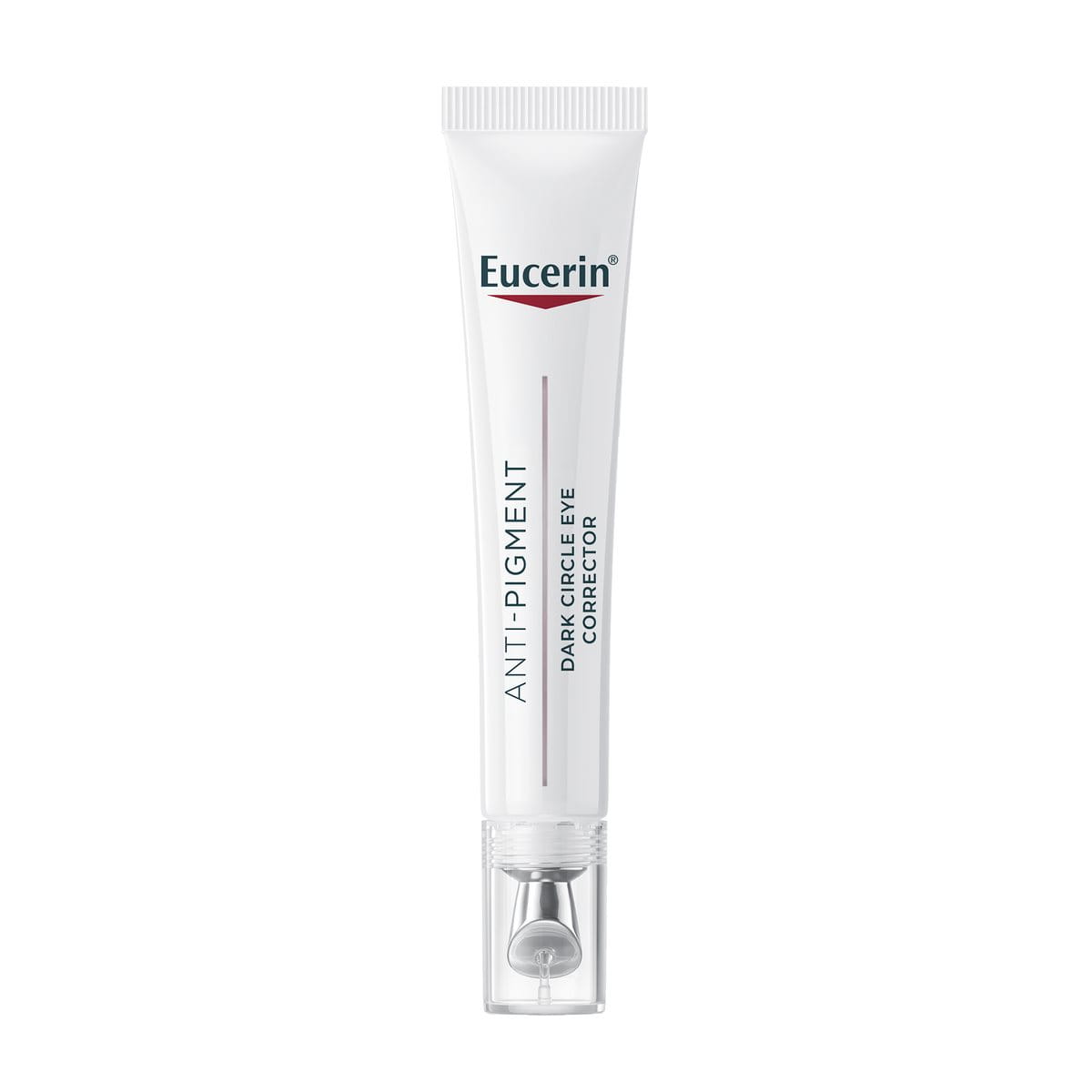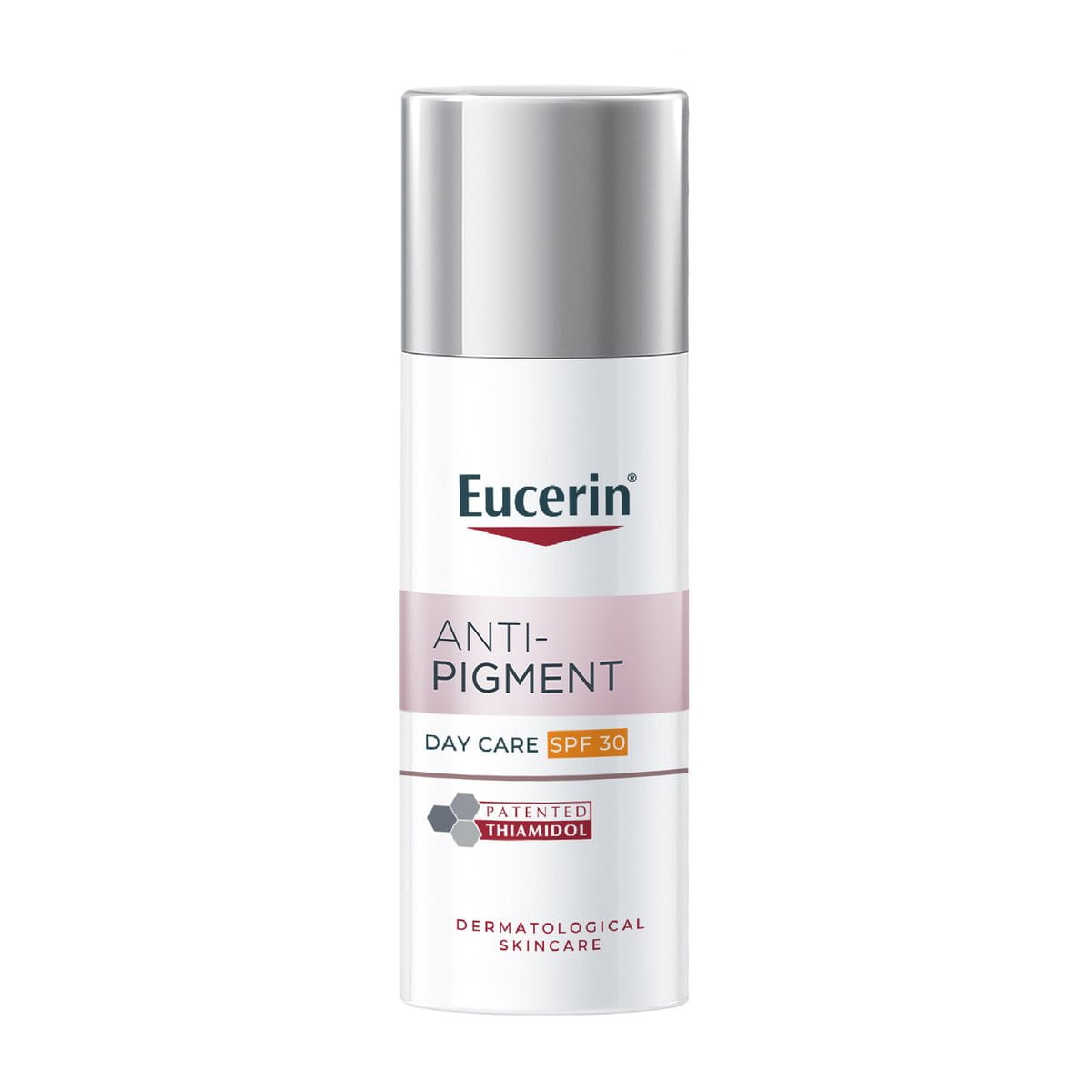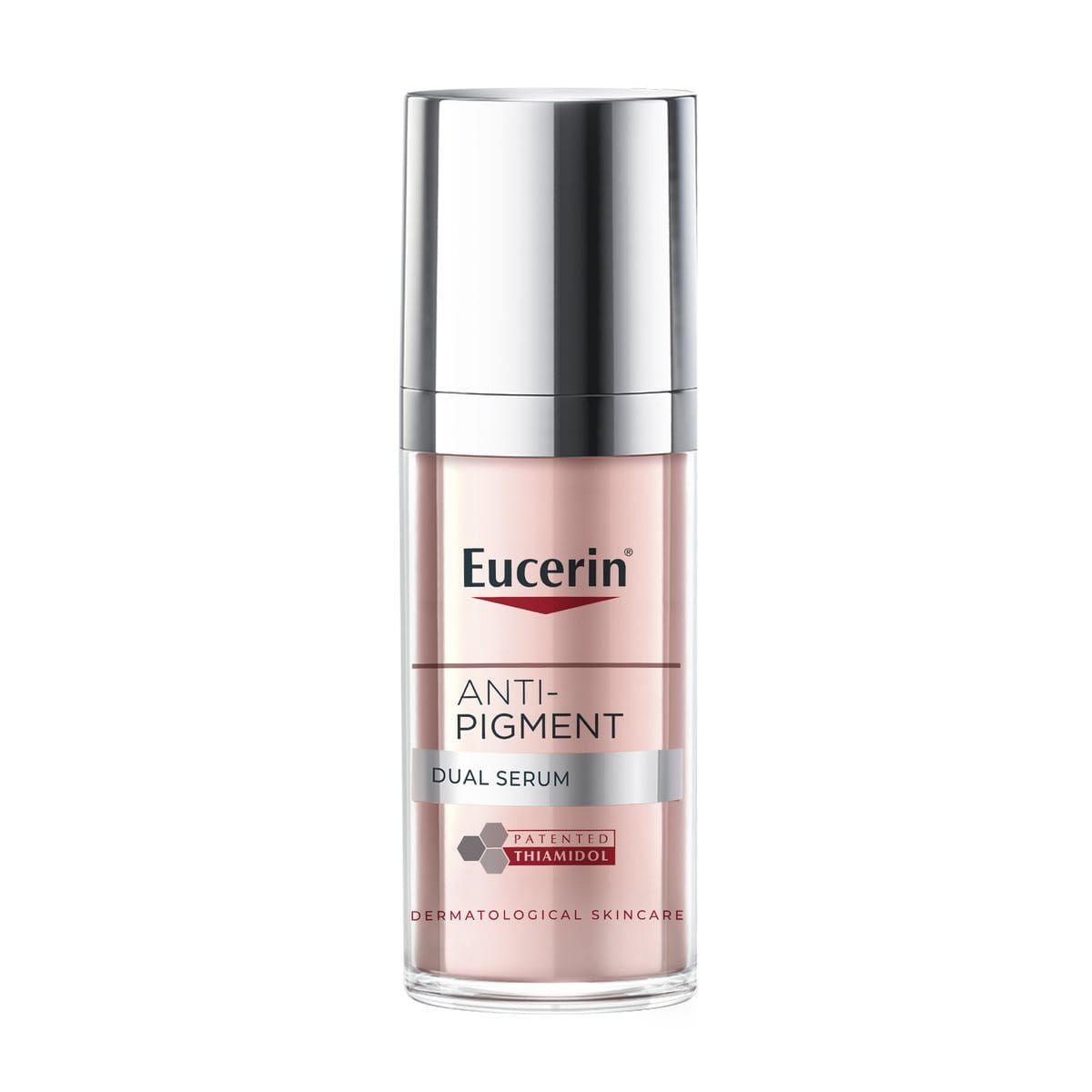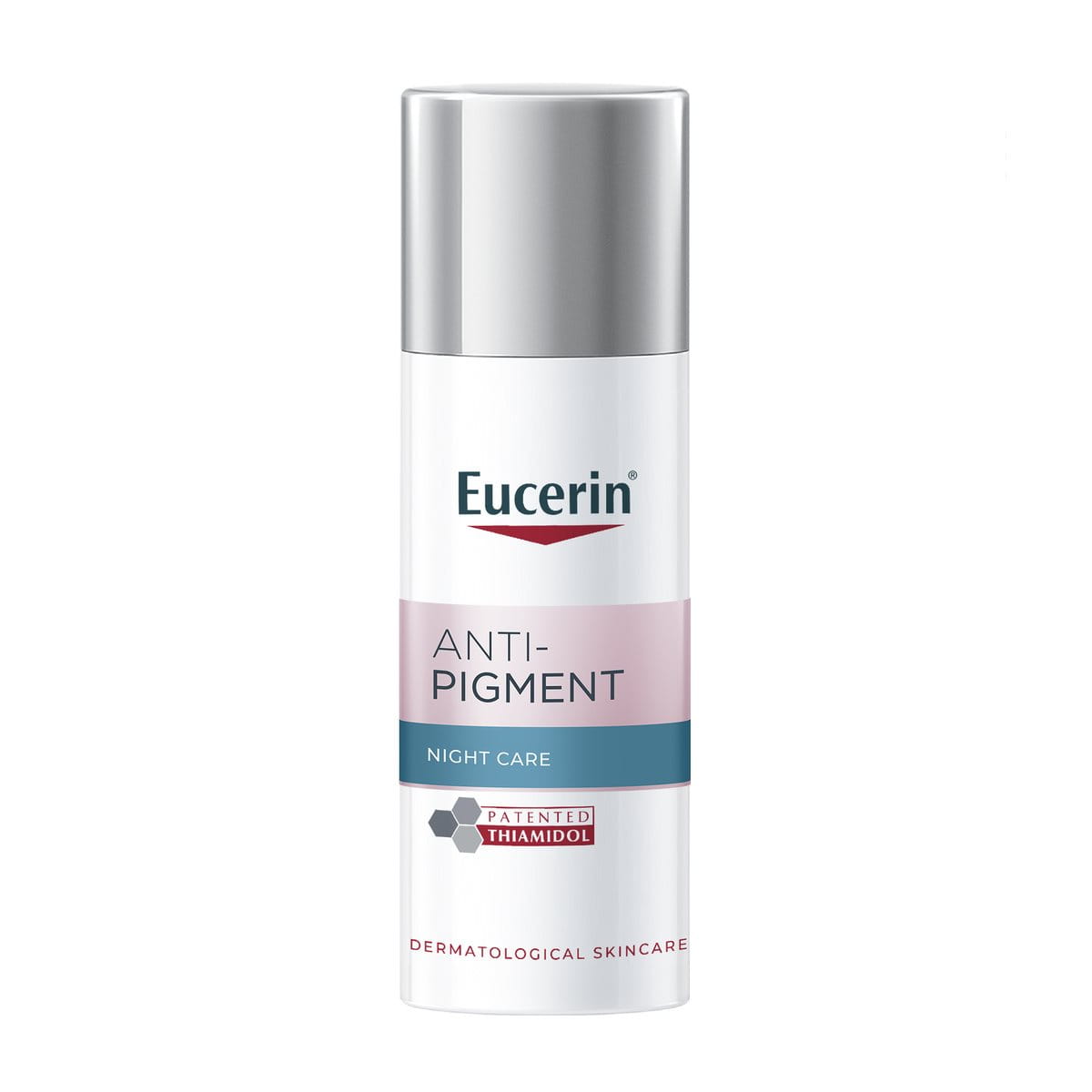Pigmentation is pigmentation. At least, that’s what many tell themselves. However, hyperpigmentation differs in its causes and symptoms, which take your treatments in different directions. Sunspots and melasma are two such conditions that are often mixed up despite their common occurrence. Dive right in to understand their varying causes and solutions, and make sure you’re giving your skin the right kind of treatment for melasma on your face.
Keynote:
- Melasma appears as larger, symmetrical brown or gray-brown patches on the face, often triggered by hormones, sun exposure, and genetics. Sun spots or age spots are small, flat brown spots caused mainly by UV exposure and aging.
- Melasma and sun spots can be treated and managed with topical depigmenting agents (e.g., hydroquinone, Thiamidol), chemical peels, exfoliating acids, cryotherapy, and microdermabrasion, among other solutions.
- Using sunscreen (SPF 50+), wearing protective clothing, using antioxidants, and maintaining a consistent skincare routine help prevent both conditions.
- Consulting a dermatologist is essential for personalised treatment, especially for persistent pigmentation concerns, ensuring safe and effective management.





